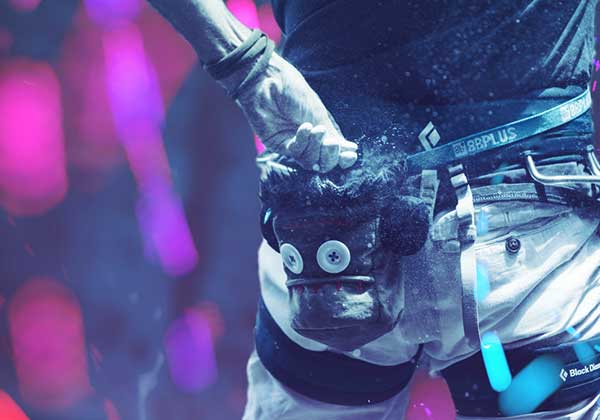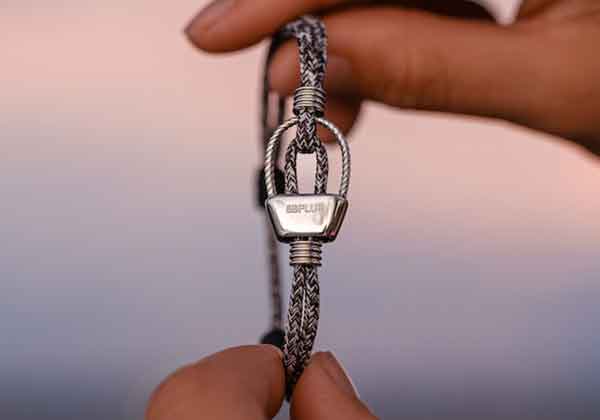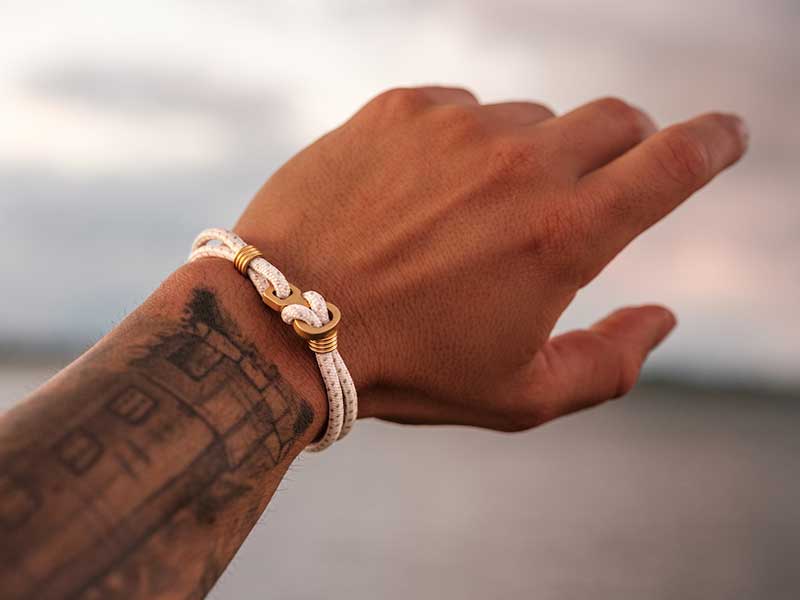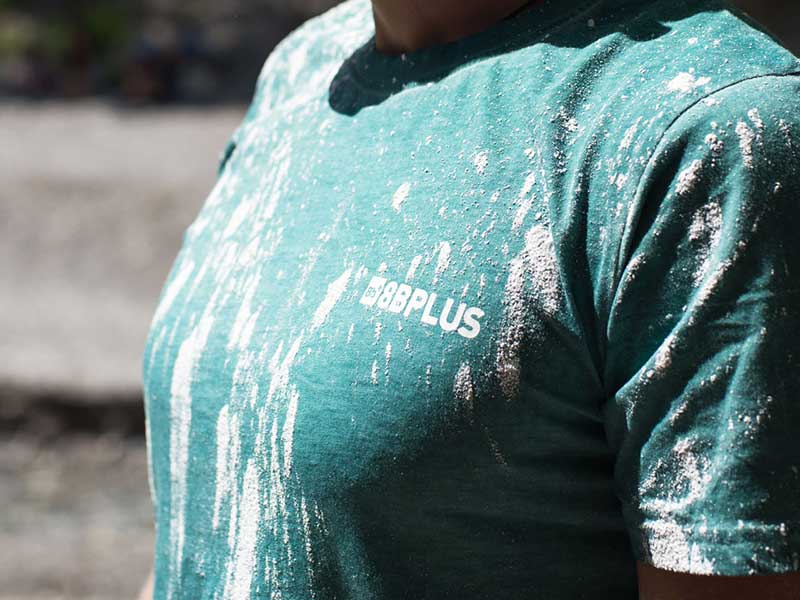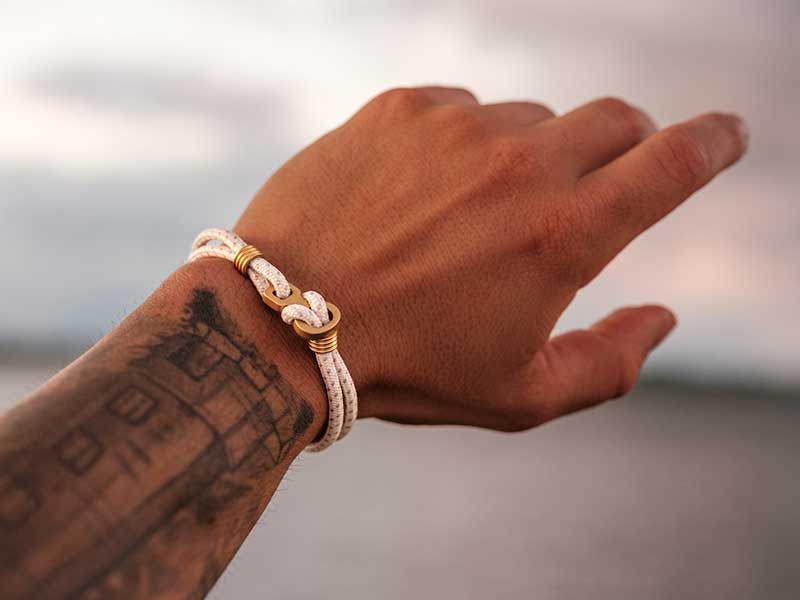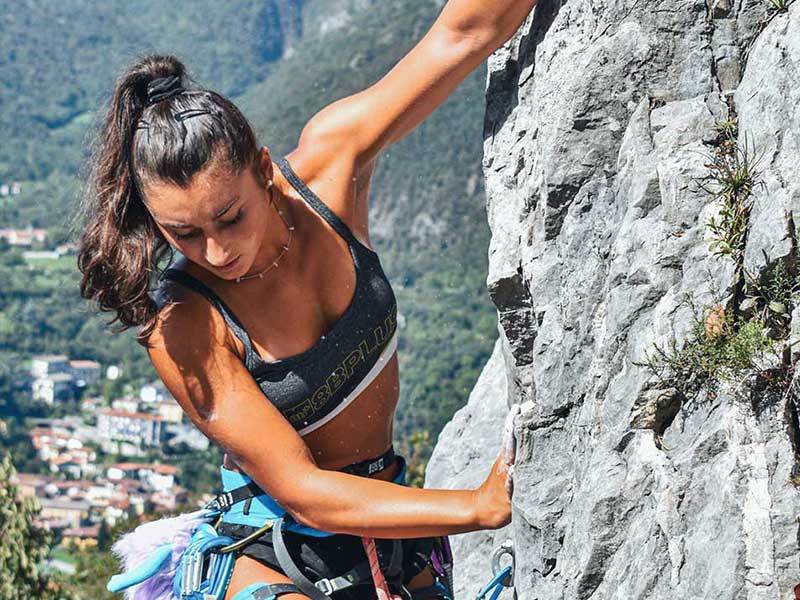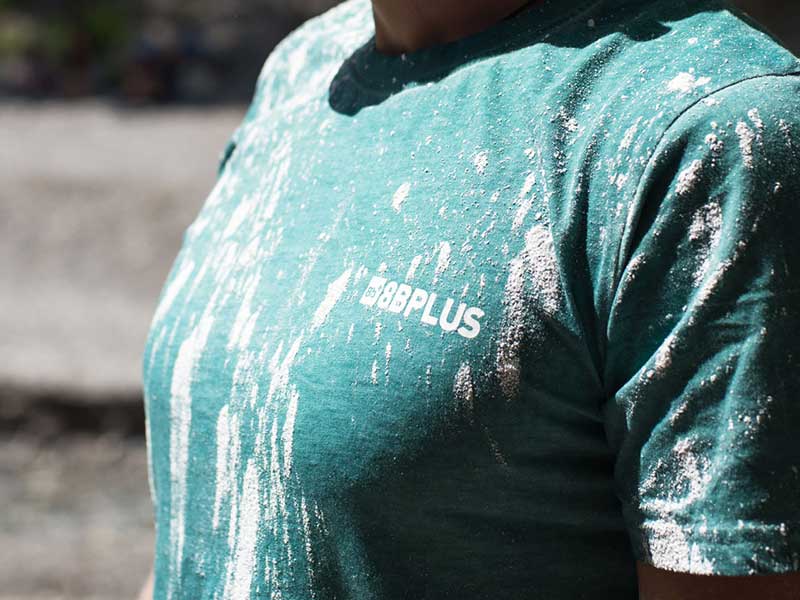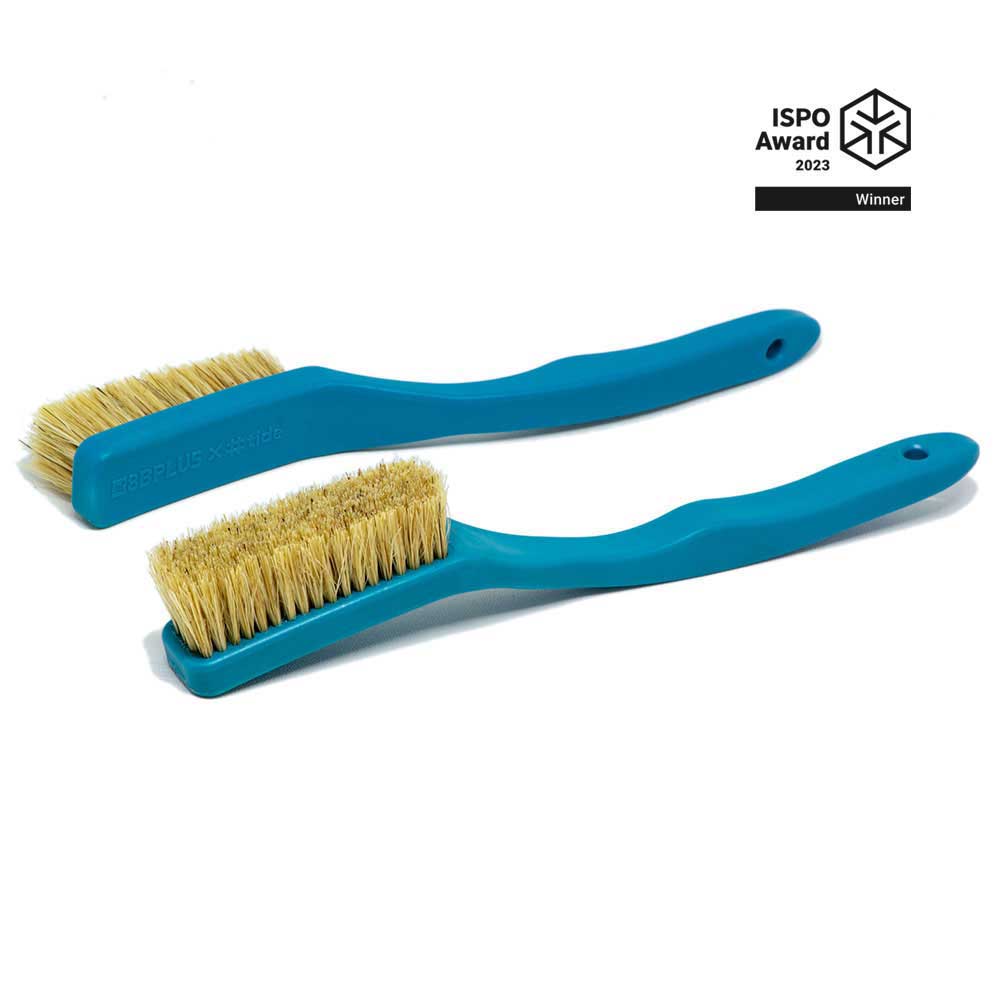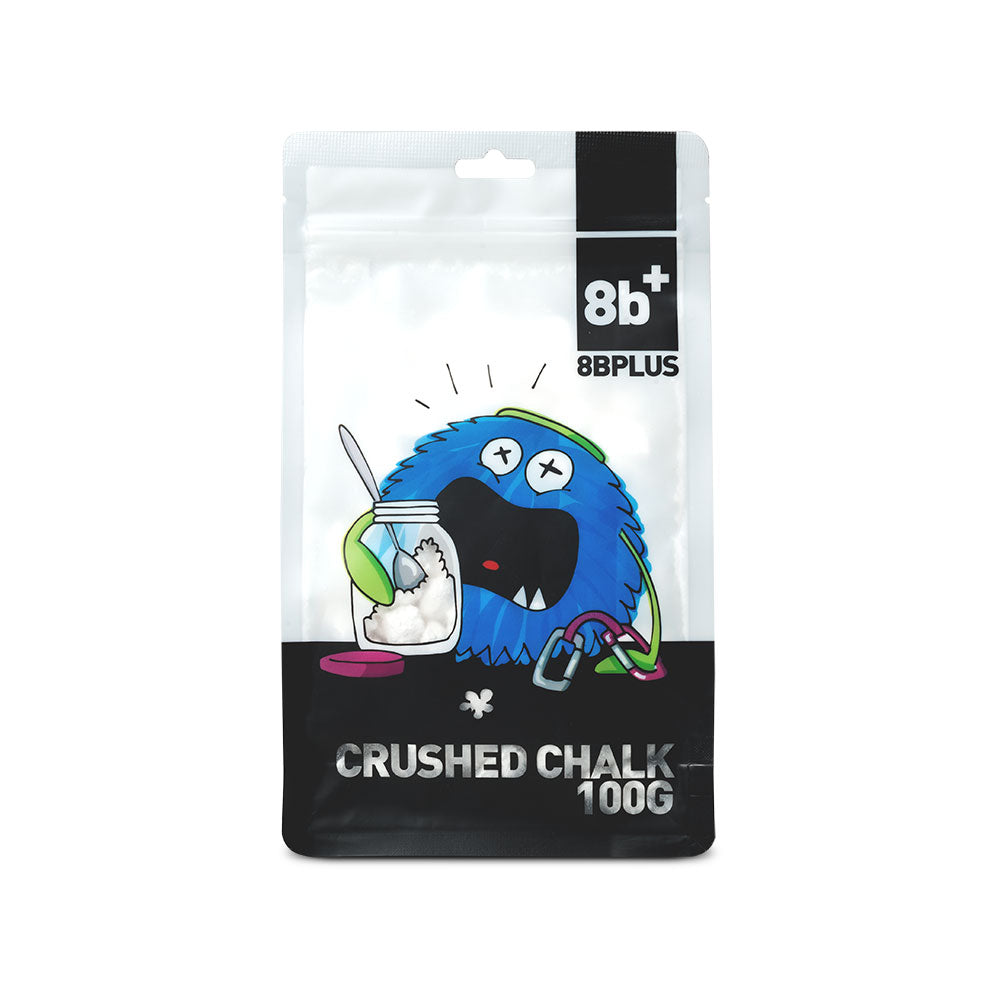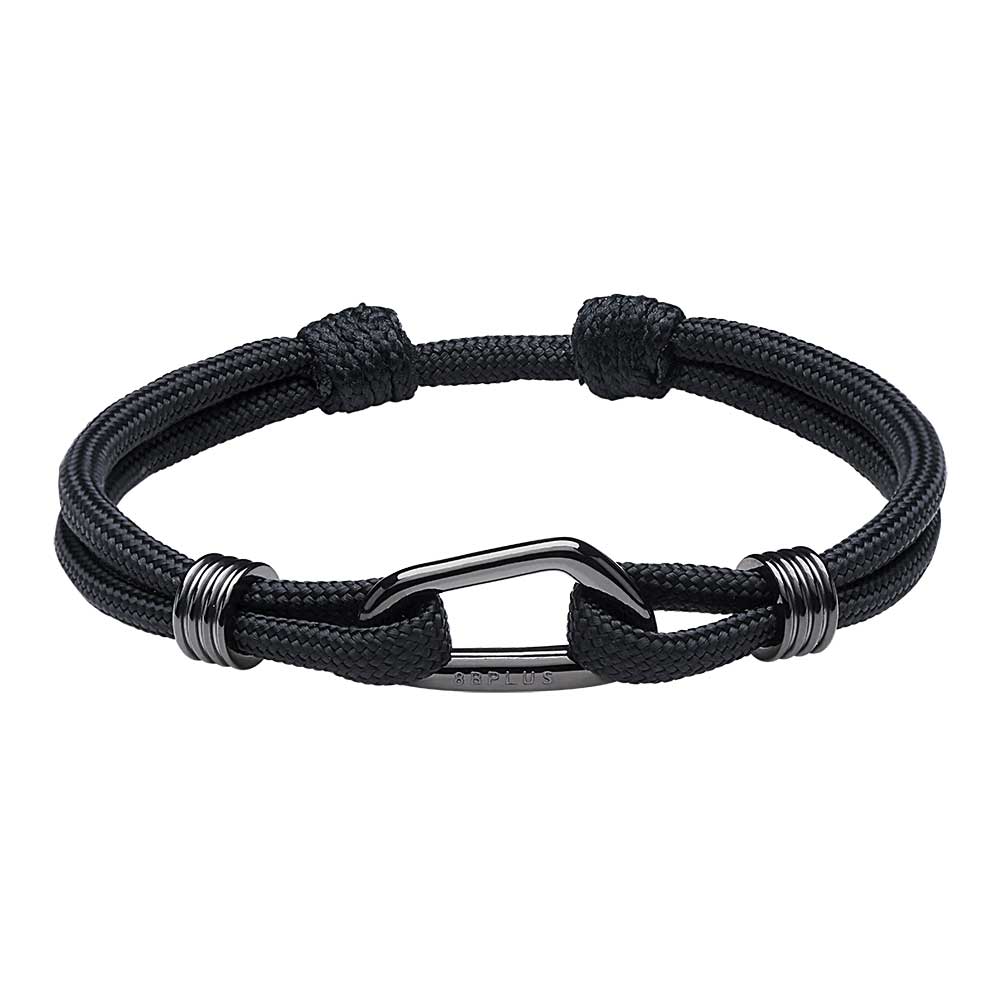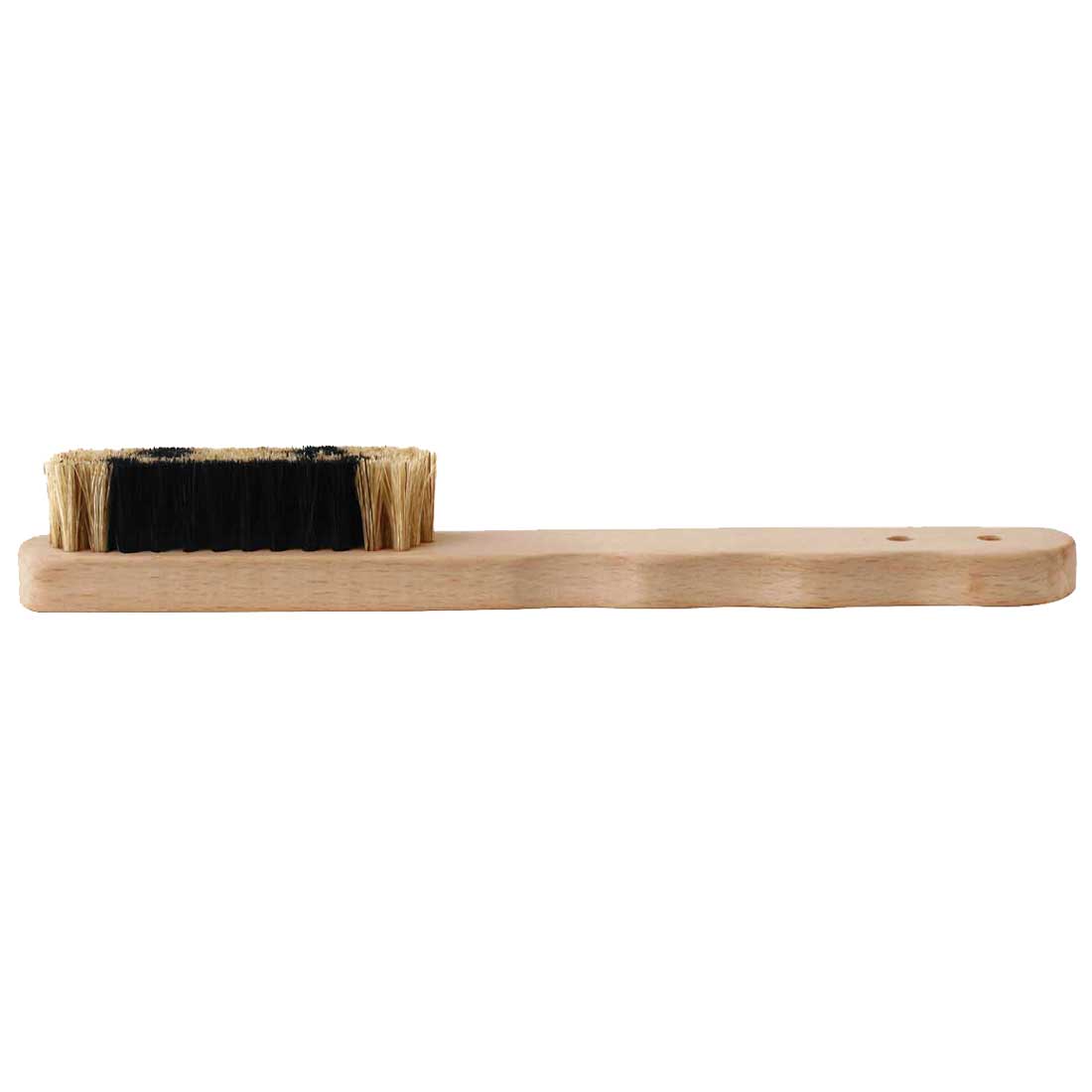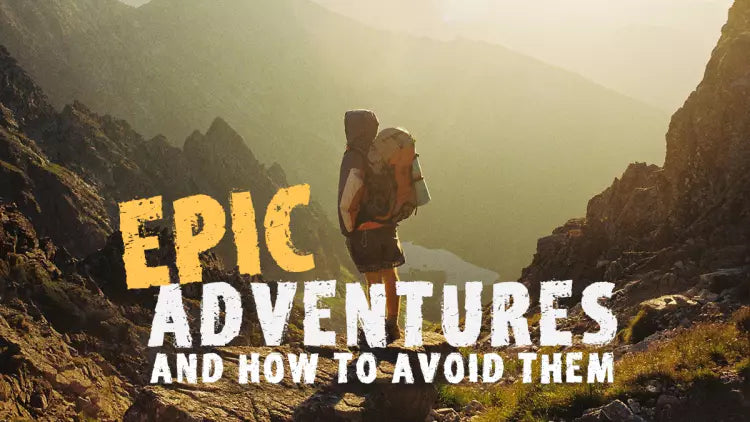
Epic Adventures and How to Avoid Them
A wise man once explained to me the difference between an “adventure” and an “epic adventure.” At the time, I was a young and naive climber making my first trips out to the popular climbing crags and multi-pitch areas in the Red Rock area. By this point, having led a couple of 5.7’s and being capable of tying three or four knots, I was beginning to fancy myself a true rock climber. The wise man explained to me that, “an adventure is when your family doesn’t think you’re coming back, and an epic adventure is when you’re not sure either.”
In climber lingo, the word “epic” is not tossed around in the casual, overused way that is popular among teenagers. Rather, the term “epic” is reserved for the most solemn and horrifying of adventures experienced by mountaineers. Climbers who have been on epic adventures sometimes wake up with cold sweats at night in silent scream reaching around in the dark for their chalk bags.
You do not want to go on an epic adventure. No one wants to go on an epic adventure. Sure, you probably have some interest in an adventure. Otherwise, you would not have become a climber in the first place. But an epic adventure means that you have gone too far, have likely made a series of mistakes, and are now trying your hardest to cheat death.
Epics are usually preventable if climbers are more cautious and they implement a handful of common sense safety tips. So take heed and consider the suggestions below.
Below are a few recommendations for keeping your adventures fun and exciting, without ever crossing into the “epic” territory:
Plan Ahead
This seems obvious, but alas, most of the shirtless climbers you see flexing at the local crag stumbled out of bed and are only planning on getting some sweet pics for their Instagram. There’s plenty of betas available on 99% of climbable routes, make sure you read some of it and give yourself time to get back to your car before dark.
Get an Early Start
This doesn’t apply to every climb all the time (like if you’re trying to get a couple of pitches in afterwork). But getting up early is a foreign concept to 99% of sport climbers, and a majority of casual trad climbers as well. Getting an early start can get you off the climb before it gets dark, and will you buy you some additional time if something goes wrong. Plus, it’s usually an easy way to beat the crowd that appears at crags around 9 am.
Bring a Headlamp
Always bring a headlamp. ALWAYS. It doesn’t matter what your plans are. You may only be going out for a few hours to impress your girlfriend—displaying your manhood by fearlessly leading a well-bolted pitch of 5.5. Unpredictable things happen—your rope gets stuck, you roll an ankle, you take a wrong turn on the hike back, etc.—and being in the dark without a light is a fast way to turn your adventure into an epic one.
Know Your Gear
If you bought a new device to rappel with, you should familiarize yourself with its use before you’re six pitches up. Similarly, if you’re dragging an inexperienced friend up to the top of a climb, do not teach them how to rappel at the top. You don’t know how that person is going to react to heights, and getting a panicky newbie off the mountain can take all night.
Master Your Knots
You should be able to tie all your knots blindfolded after being smacked on the head by with hammer. If you can’t, then you’re testing the generosity of the climbing gods. Knots are often the only thing that separates the climber from touching the void. You don’t want to touch the void.
Check the Weather
The year is 2018, and most people have a device in their pocket that encompasses the entirety of the world’s knowledge. It’s called a smartphone. You can use this magical device to discover what the weather will be like. In some areas, weather changes rapidly. Do not assume that you can thoughtfully look at the sky and determine what the afternoon’s weather will be. If you suspect rain, do not climb. Climbing in the rain contributes to rock erosion (especially on sandstone), and it can swiftly erode your health and longevity as well.
Have a Healthy Fear of Heights
This is potentially the biggest killer of all. People lose their sense of fear, and they get lazy about their climbing safety. Always remain fearful of heights and don’t get casual or cocky. You’ll live longer. The fastest way to find yourself in the middle of an epic adventure (or to skip the epic and be dead), is to lose appreciation for the inherent danger that is associated with climbing. Climbing, when it’s done right, is safe. Until it’s not, then it becomes very unsafe. Stay focused, remember your safety procedures, double check your knots, inspect your gear, and don’t die.
Knotting Up Loose Ends
The main thing in climbing, or any other extreme sports for that matter, is to make every participant’s safety a priority. Epic adventures make for great stories but make for nightmare climbing experiences. The above recommendations seem like common sense knowledge at first read, but when you’re looking death in the eye it won’t be at the forefront of your mind.

